Home>Furniture & Design>Interior Design Trends>Why Is Glass Transparent


Interior Design Trends
Why Is Glass Transparent
Modified: February 18, 2024
Discover the latest interior design trends and learn why glass is transparent. Explore the impact of glass on modern interiors and find inspiration for your next project.
(Many of the links in this article redirect to a specific reviewed product. Your purchase of these products through affiliate links helps to generate commission for Storables.com, at no extra cost. Learn more)
Introduction
Glass is a material that we encounter in our daily lives, yet its unique properties often go unnoticed. Have you ever wondered why glass is transparent, allowing light to pass through it effortlessly? This remarkable characteristic of glass has fascinated scientists, artists, and curious minds for centuries. In this article, we will delve into the intriguing world of glass transparency, exploring the structural and optical factors that contribute to this phenomenon.
Glass, in its various forms, has been an integral part of human civilization for thousands of years. From the grandeur of stained glass windows in ancient cathedrals to the sleek modernity of skyscrapers adorned with glass facades, this material has transcended time and culture. Its transparency has played a pivotal role in shaping architectural marvels, scientific instruments, and everyday objects.
As we embark on this exploration, we will unravel the molecular structure of glass and its impact on light transmission. Additionally, we will delve into the interaction of light with glass, shedding light on the intricate processes that allow photons to traverse this seemingly solid material. Furthermore, we will consider other influential factors that contribute to the transparency of glass, such as purity, thickness, and surface treatments.
Join us on this enlightening journey as we uncover the secrets behind the transparency of glass and gain a deeper appreciation for this ubiquitous yet enigmatic material. Let's embark on a captivating odyssey through the science, art, and practical applications of transparent glass, unveiling the magic that lies within its seemingly unassuming clarity.
Key Takeaways:
- Glass is transparent due to its unique atomic structure and ability to transmit light with minimal obstruction, shaping architectural marvels and scientific instruments.
- Factors like purity, thickness, and surface treatments influence glass transparency, impacting its use in architecture, automotive, electronics, and scientific research.
Read more: Why Does Attic Need Ventilation
The Structure of Glass
Glass, despite its appearance of solidity, is a unique and complex material with a fascinating internal structure. Unlike crystalline solids, which have a highly ordered and repeating atomic arrangement, glass exhibits an amorphous structure. This lack of long-range order distinguishes glass from crystalline materials, endowing it with its characteristic transparency and other exceptional properties.
At the heart of glass's structure lies a network of interconnected atoms, typically silicon and oxygen, forming a three-dimensional network known as an amorphous solid. This network lacks the regular repeating pattern found in crystalline solids, giving glass its non-crystalline, disordered nature. The random arrangement of atoms in glass results in a lack of a definitive melting point, allowing it to transition from a solid to a viscous state over a broad temperature range.
The atomic structure of glass also contributes to its remarkable strength and versatility. The absence of a fixed crystalline lattice enables glass to be formed into a wide array of shapes and sizes, making it a highly adaptable material for various applications. Furthermore, the disordered arrangement of atoms allows light to pass through the material relatively unimpeded, granting glass its transparency.
Moreover, the composition of glass, including the presence of various additives and modifiers, can significantly influence its structural properties. For instance, the introduction of metal oxides can alter the glass's refractive index, impacting its optical characteristics. Additionally, the incorporation of certain compounds can enhance the durability and thermal resistance of glass, expanding its utility in diverse environments.
Understanding the intricate structure of glass provides valuable insights into its optical, mechanical, and thermal behavior. This knowledge serves as a foundation for the development of innovative glass formulations tailored to specific applications, ranging from architectural glazing to precision optical components. By harnessing the unique structure of glass, scientists and engineers continue to unlock its potential, pushing the boundaries of what this extraordinary material can achieve.
The Interaction of Light with Glass
The interaction of light with glass is a captivating interplay of physics and material science, giving rise to the remarkable phenomenon of transparency. When light encounters a surface, such as that of a glass pane, a series of intricate processes unfold, influencing the behavior of photons as they traverse the material.
As light waves approach the surface of glass, they undergo a fundamental transformation. The majority of incident light is transmitted through the glass, allowing it to propagate with minimal obstruction. This transmission occurs due to the unique optical properties of glass, which enable it to effectively transmit visible light wavelengths. The ability of glass to transmit light is a result of its low absorption coefficient, signifying that it absorbs only a small fraction of the incident light energy.
Upon entering the glass, light waves experience a change in velocity, a phenomenon known as refraction. This alteration in speed causes the light waves to bend as they transition from one medium to another, following the principles of Snell's law. The degree of refraction is determined by the refractive index of the glass, a measure of how much the speed of light is reduced when traveling through the material. The refractive index varies with different types of glass, influencing the degree to which light is bent as it passes through.
Furthermore, the transparency of glass is intricately linked to the absence of significant scattering or diffraction of light within the material. Unlike opaque materials that disrupt the propagation of light through scattering, glass allows photons to maintain their trajectory, resulting in a clear and unobstructed passage. This lack of scattering contributes to the high transparency of glass, enabling it to transmit light with minimal distortion.
In addition to refraction and minimal scattering, the molecular structure of glass plays a pivotal role in its interaction with light. The amorphous arrangement of atoms within the glass lattice allows photons to move through the material without encountering the obstacles typically present in crystalline structures. This structural characteristic, combined with the absence of significant absorption, facilitates the unhindered transmission of light through glass, culminating in its transparency.
The interaction of light with glass is a testament to the intricate interplay of material properties and optical phenomena. By unraveling the mechanisms governing light transmission through glass, scientists and engineers continue to advance the development of innovative glass technologies, shaping the future of optical devices, architectural glazing, and myriad other applications.
Glass is transparent because its molecules are arranged in a way that allows light to pass through without being absorbed or scattered. This unique molecular structure is what gives glass its see-through quality.
Other Factors Affecting Transparency
In addition to the intrinsic properties of glass, several external factors can significantly influence its transparency. These factors encompass a broad spectrum of considerations, ranging from the purity of the glass to the surface treatments applied to enhance its optical clarity.
Purity is a fundamental determinant of glass transparency. The presence of impurities, such as metallic oxides or other foreign substances, can impede the transmission of light through the material. Even minute concentrations of impurities can introduce absorption and scattering, diminishing the overall transparency of the glass. Therefore, meticulous attention to the purity of raw materials and stringent manufacturing processes is essential to ensure the optical clarity of glass.
The thickness of the glass also plays a crucial role in determining its transparency. Thicker glass panels may exhibit reduced transparency due to increased light absorption as the photons traverse a greater distance within the material. Conversely, ultra-thin glass layers can exhibit enhanced transparency, provided that the material maintains structural integrity and uniformity. Balancing the desired level of transparency with the practical considerations of glass thickness is a key consideration in various applications, from architectural glazing to optical components.
Surface treatments and coatings are employed to optimize the transparency of glass and mitigate undesirable optical effects. Anti-reflective coatings, for instance, minimize surface reflections that can impede light transmission and compromise clarity. These coatings are designed to reduce glare and enhance the overall transparency of the glass, particularly in applications where optimal visibility is paramount. Additionally, surface treatments can mitigate the accumulation of contaminants and particulates, preserving the pristine transparency of glass over time.
The environmental conditions to which glass is exposed can also impact its transparency. Factors such as temperature variations, humidity, and exposure to environmental pollutants can influence the optical properties of glass. For instance, prolonged exposure to harsh environmental elements can lead to the accumulation of surface deposits and degradation of the glass surface, potentially diminishing its transparency. Therefore, proactive maintenance and protective measures are essential to uphold the transparency of glass in diverse environmental settings.
By considering these multifaceted factors affecting transparency, manufacturers and designers can optimize the optical performance of glass across a myriad of applications. Through meticulous attention to purity, thickness, surface treatments, and environmental considerations, the transparency of glass can be tailored to meet the exacting demands of architectural, industrial, and technological endeavors.
Applications of Transparent Glass
Transparent glass, with its unparalleled clarity and light-transmitting properties, finds diverse and indispensable applications across numerous industries and domains. From architectural marvels that redefine skylines to cutting-edge optical instruments that unveil the mysteries of the universe, transparent glass serves as a foundational material underpinning a myriad of innovative and transformative applications.
In the realm of architecture, transparent glass stands as an iconic symbol of modernity and sophistication. Its use in building facades, windows, and skylights not only imparts a sense of openness and luminosity to interior spaces but also blurs the boundaries between the built environment and the natural world. The seamless integration of glass in architectural design fosters a harmonious coexistence of indoor and outdoor spaces, creating visually stunning structures that captivate and inspire. Furthermore, advancements in glass technology have led to the development of energy-efficient glazing solutions, enhancing the sustainability and thermal performance of buildings while preserving transparency.
The automotive industry harnesses the transparency of glass to create immersive and secure driving experiences. Windshields, panoramic sunroofs, and side windows crafted from specialized automotive glass not only provide unobstructed views of the surroundings but also ensure the safety and structural integrity of vehicles. Moreover, the integration of smart glass technologies in automotive applications enables the dynamic control of transparency, offering privacy and solar protection while maintaining a clear line of sight.
In the realm of consumer electronics, transparent glass serves as a fundamental component in the fabrication of high-definition displays, touchscreens, and optical lenses. The seamless integration of glass in smartphones, tablets, and televisions facilitates vivid and immersive visual experiences, while its exceptional optical properties enable precise and responsive touch interactions. Additionally, the use of specialized glass in camera lenses and optical sensors contributes to the capture of stunning images and the realization of cutting-edge imaging technologies.
The field of scientific research and innovation relies on transparent glass for the construction of precision instruments and laboratory equipment. From high-performance microscope lenses to intricate optical components in spectroscopy and laser systems, glass plays a pivotal role in enabling the observation and analysis of microscopic and macroscopic phenomena. Its transparency, optical purity, and thermal stability make it an indispensable material for scientific exploration and discovery.
Furthermore, transparent glass finds applications in aerospace, marine exploration, renewable energy technologies, and artistic expressions, showcasing its versatility and adaptability across diverse disciplines. As advancements in glass manufacturing and engineering continue to unfold, the potential applications of transparent glass are poised to expand, driving innovation and shaping the future of technology, design, and human experience.
The applications of transparent glass exemplify its transformative impact on the built environment, technological advancements, and artistic expressions, underscoring its enduring relevance and boundless potential in shaping the world around us.
Read more: Why Is Glass Not A Mineral
Conclusion
In conclusion, the transparency of glass is a captivating interplay of material science, optical phenomena, and innovative applications. The intrinsic structure of glass, characterized by its amorphous arrangement of atoms, underpins its remarkable transparency and adaptability. The interaction of light with glass, encompassing refraction, minimal scattering, and the absence of significant absorption, contributes to its unparalleled light-transmitting properties. Moreover, external factors such as purity, thickness, surface treatments, and environmental considerations play pivotal roles in shaping the transparency of glass across diverse applications.
The applications of transparent glass span a broad spectrum, from architectural wonders that redefine skylines to cutting-edge optical instruments that unravel the mysteries of the universe. In architecture, transparent glass fosters a seamless integration of indoor and outdoor spaces, creating visually stunning structures while enhancing sustainability and energy efficiency. The automotive industry leverages the transparency of glass to ensure unobstructed views and safety in vehicles, while consumer electronics rely on glass for high-definition displays and precision optical components. Furthermore, transparent glass serves as a cornerstone in scientific research, aerospace technologies, marine exploration, renewable energy, and artistic expressions, showcasing its versatility and transformative impact.
As we reflect on the multifaceted role of transparent glass, it becomes evident that its transparency transcends mere optical clarity; it embodies a convergence of art, science, and human ingenuity. The enduring relevance and boundless potential of transparent glass underscore its pivotal role in shaping the built environment, technological advancements, and artistic expressions. With ongoing advancements in glass manufacturing, engineering, and material science, the future holds promise for further innovations and applications of transparent glass, driving progress and enriching human experiences.
In essence, the transparency of glass serves as a testament to the profound interplay of material properties, optical phenomena, and human creativity. It invites us to appreciate the elegance of clarity and the transformative power of transparency, inspiring us to envision a world where boundaries dissolve, and possibilities abound. As we continue to explore the frontiers of glass technology and design, the transparency of glass will continue to illuminate our path toward a future shaped by innovation, sustainability, and the enduring allure of clarity.
Frequently Asked Questions about Why Is Glass Transparent
Was this page helpful?
At Storables.com, we guarantee accurate and reliable information. Our content, validated by Expert Board Contributors, is crafted following stringent Editorial Policies. We're committed to providing you with well-researched, expert-backed insights for all your informational needs.
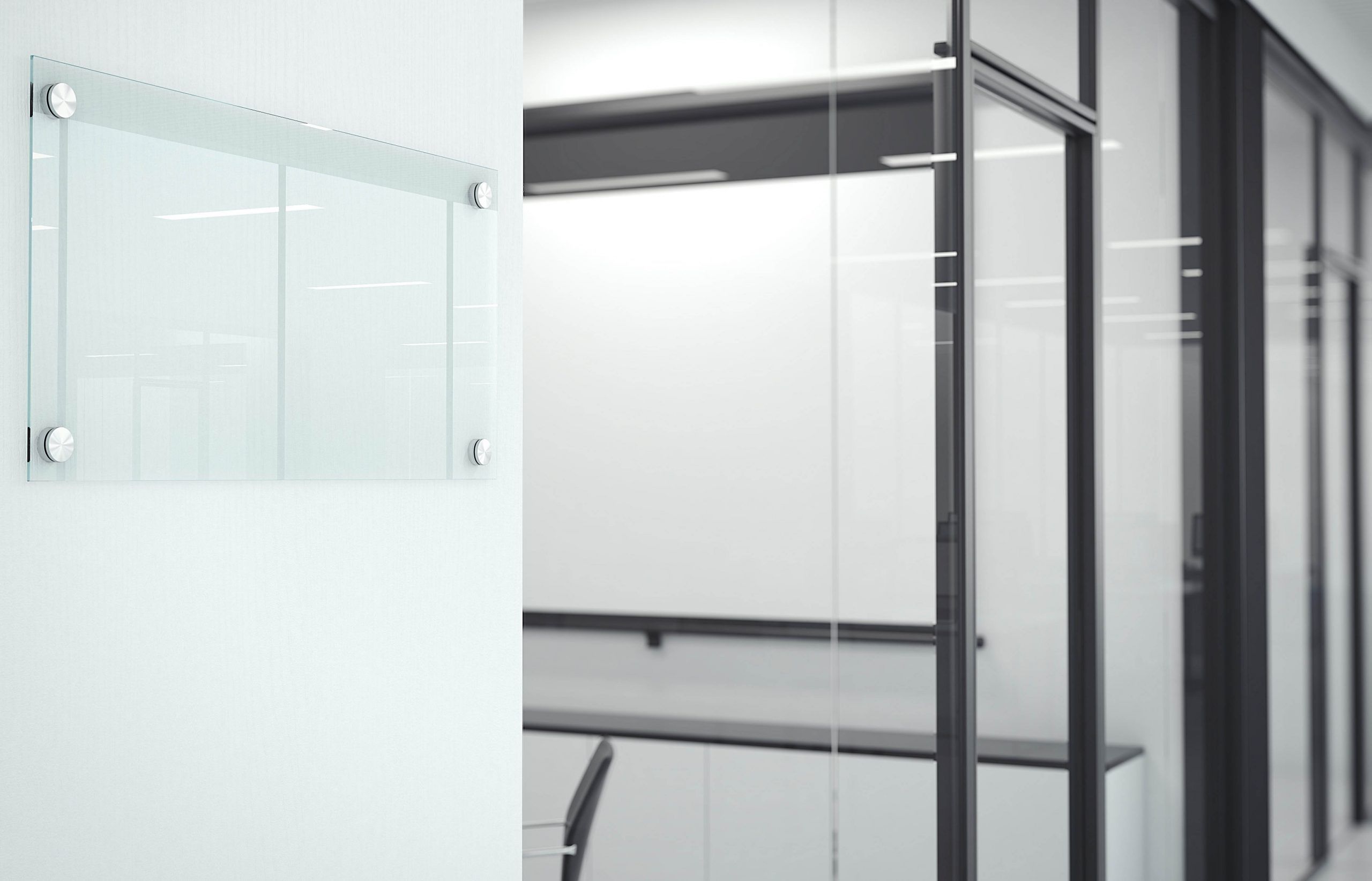


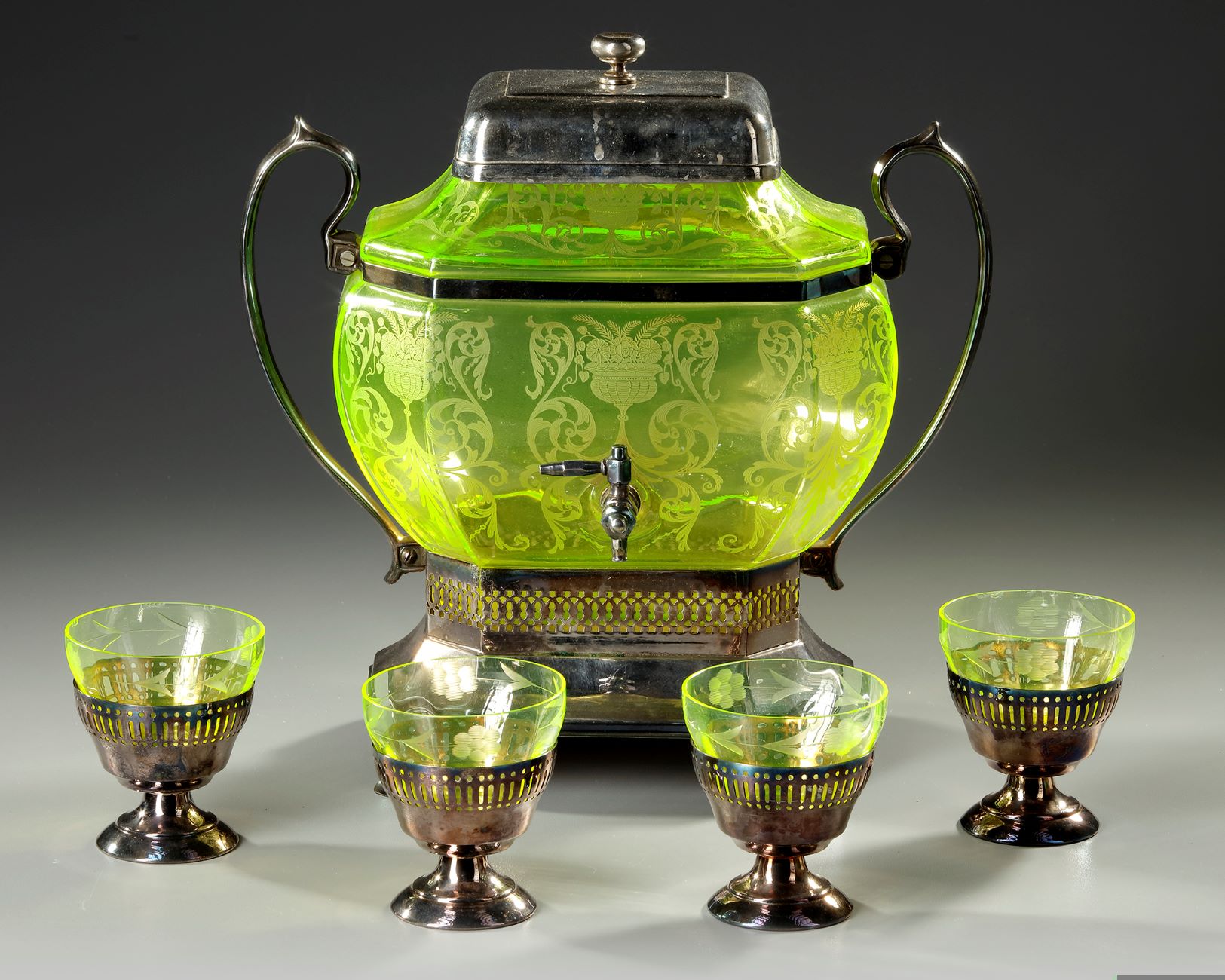

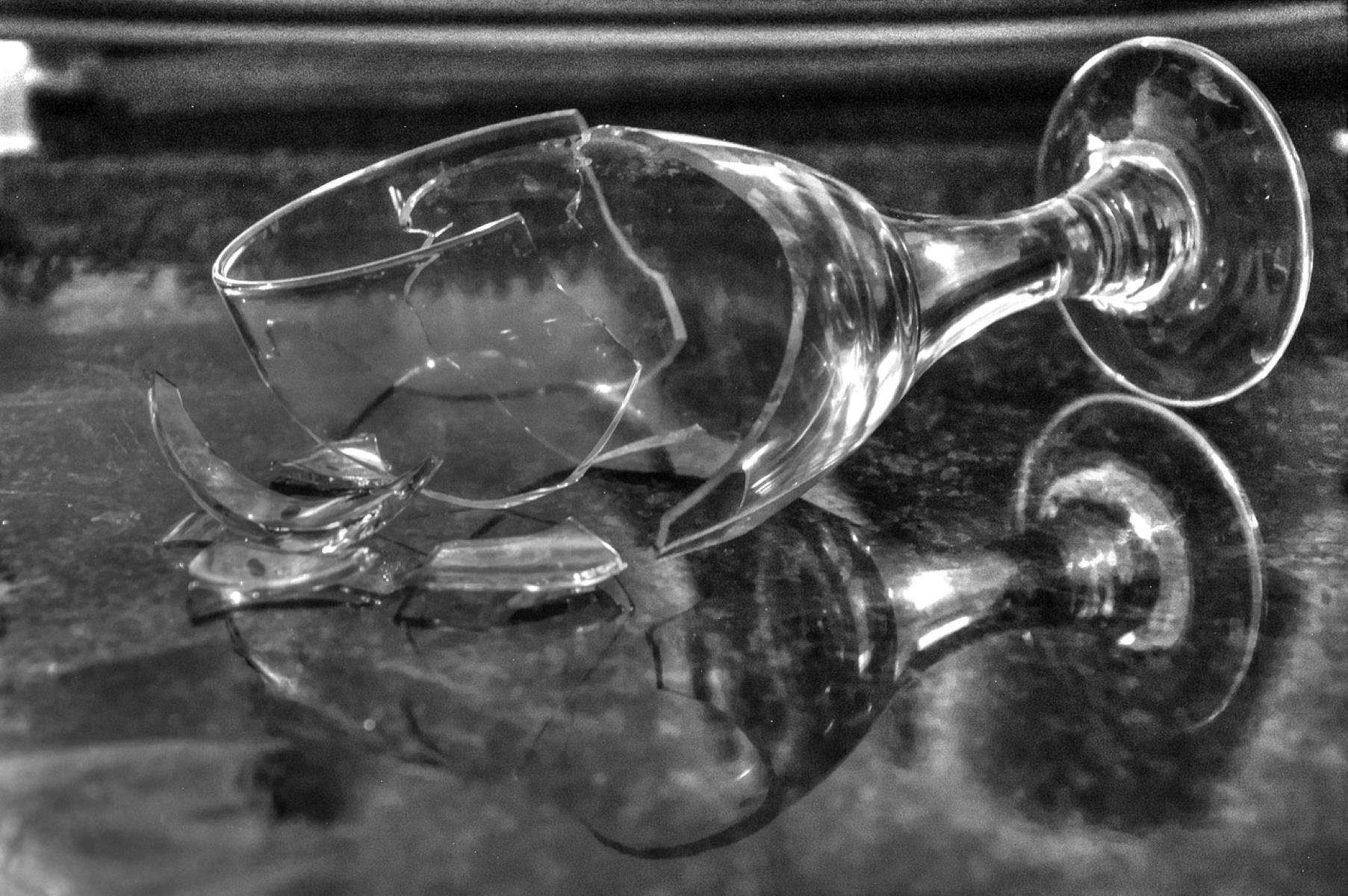

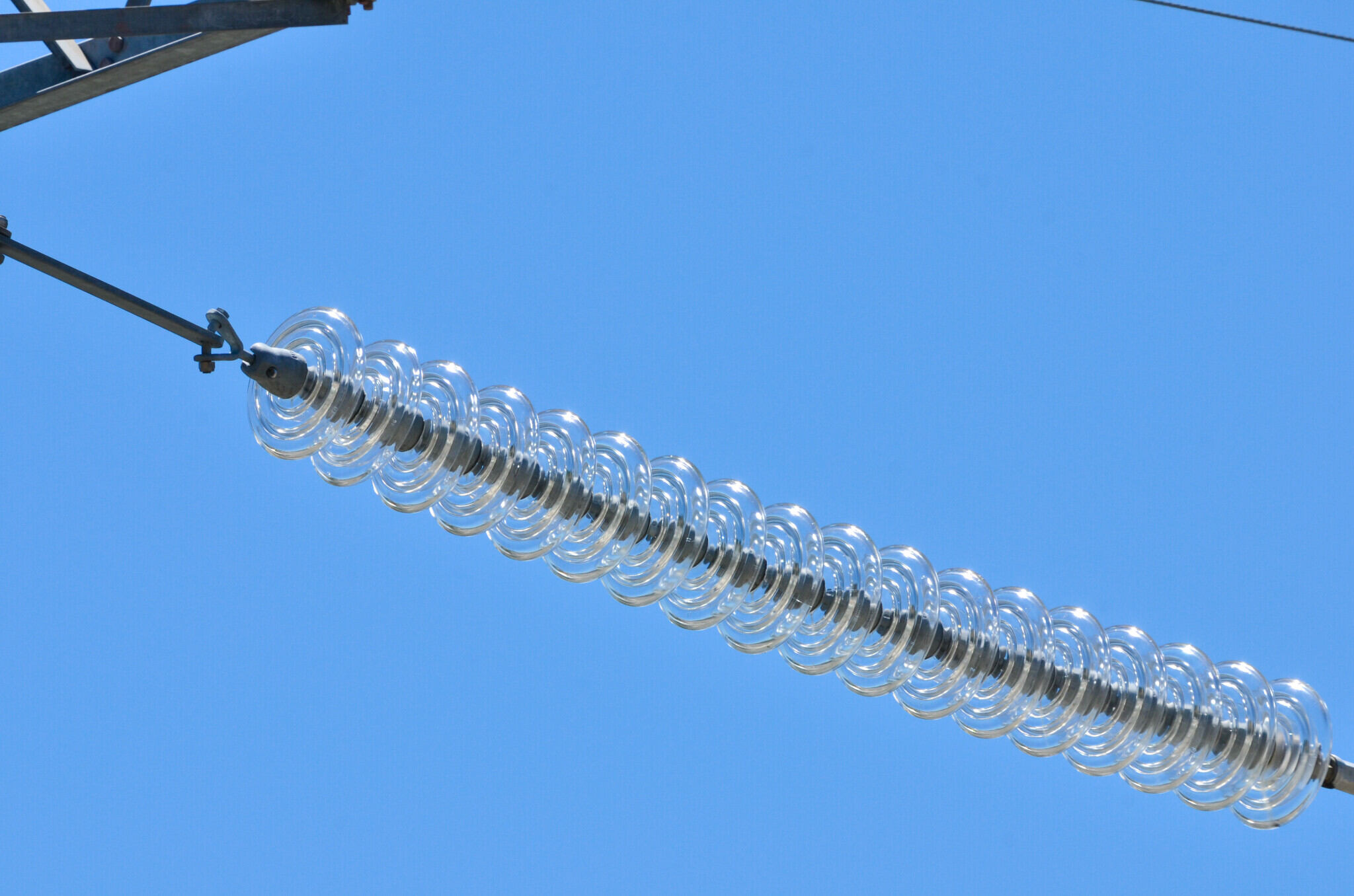
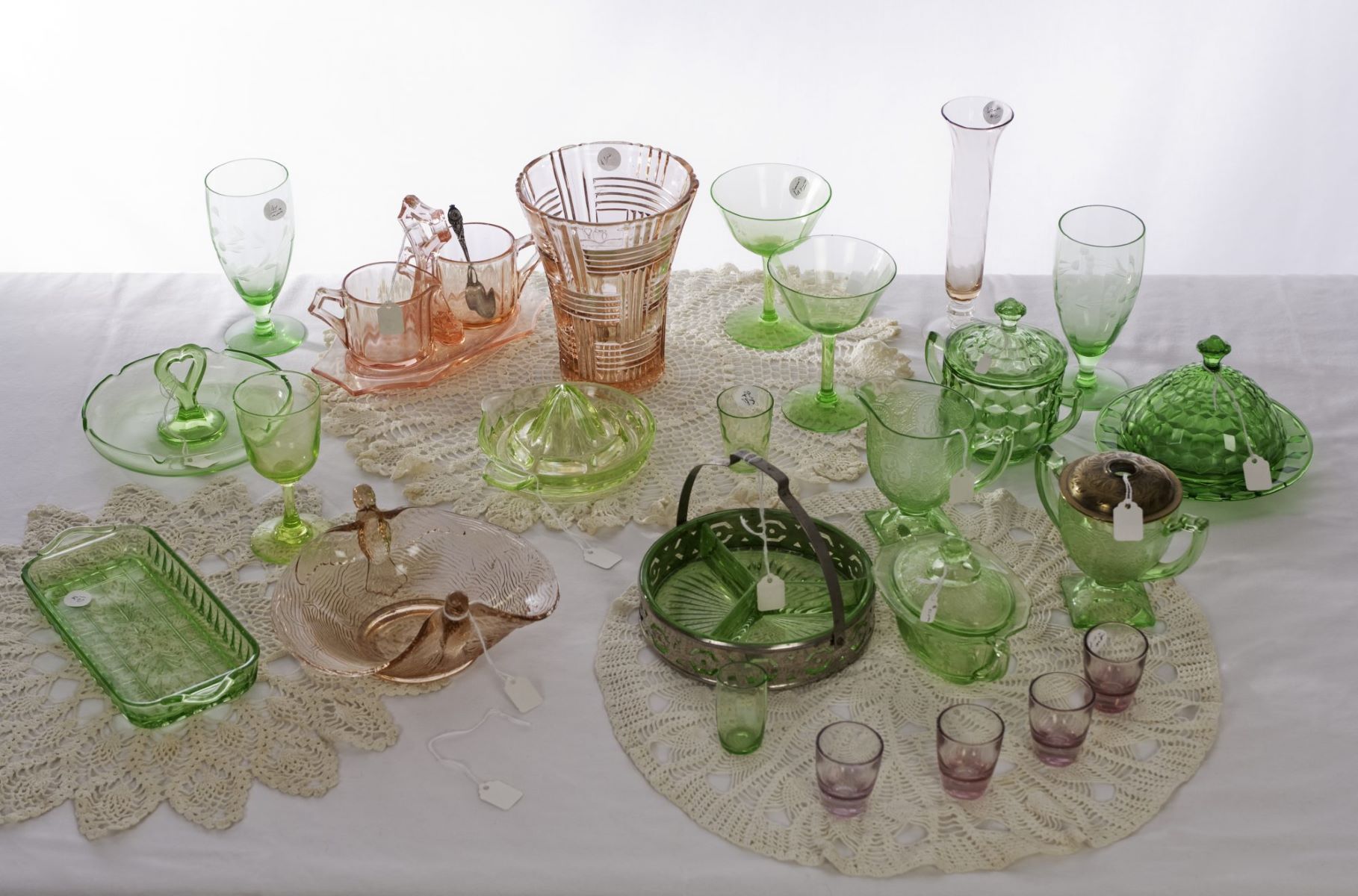






0 thoughts on “Why Is Glass Transparent”